By Peter Suciu
The Ohio Valley Military Society’s Show of Shows (SOS) remains the biggest military collectibles event in North America. More than just a place to browse, sell, and buy, the show has truly become a gathering for those with an interest in military history. The 22nd annual show, held in Louisville, Kentucky, drew dealers and collectors from around the world, with attendees coming from such countries as Russia, Germany, France, China, The Netherlands, the United Kingdom, and, of course, from the United States and Canada. The hobby of militaria collecting would not be the same without SOS, and this year was no exception.
The 2014 SOS featured approximately 2,000 tables and more than 700 dealers offering military collectibles from all eras. Although a majority of the focus in military collectibles remains World Wars I and II, this year’s SOS included items not only from those conflicts, but also notably from the British empire, the Iraq War, and medieval Japan, making this an event with truly something for everyone. The multiday show began on February 26, when dealers began setting up their exhibits, and continued through March 2.
SOS has always offered the finest sampling of militaria in a single room, and the show has grown in recent years to the point that it now takes up one of the largest halls in the Kentucky Exposition Center.
The Ohio Valley Military Society, which was first incorporated in 1966, sponsors the annual collectibles show. The society boasts about 2,000 members, while promoting the study and collecting of historic military artifacts. The society is one of the oldest militaria collectors’ clubs in the world. SOS is just one of three shows that the group sponsors, but the show also has become the largest of its kind in the world, attracting international dealers and collectors alike.
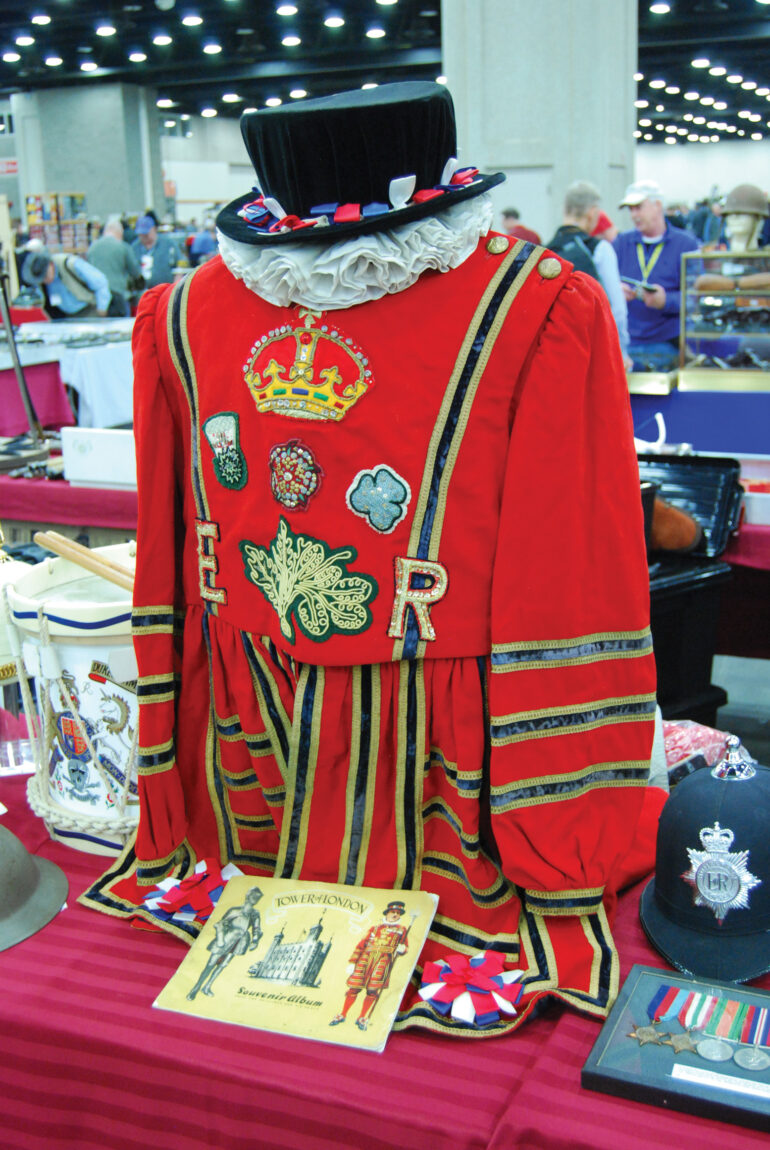
While SOS is the largest collectibles show in the world, it is just one of several large shows. However, it was not always that way. Until recent years there were few events that were even close to mega-show status. In the early 1980s, there were only a few regional events anywhere in the country devoted entirely to militaria, and most of these were 200 or 300 table shows. The largest was the annual Cincinnati, Ohio, show sponsored by the Ohio Valley Military Society, which had about 400 tables. Over time the hobby grew, and with it some notable shows developed. In the early 1990s, the Ohio Valley Military Society looked to create a show that would be unlike others, and SOS was born.
In the early days it was possible for dealers to head to town and get a table without a reservation. Now, even with nearly 2,000 tables, the show sells out early and has a massive waiting list. Dealers who are on the waiting list can still attend, and there is also the option to set up at the Great Eastern Gun Show, which is held the same weekend as SOS in a neighboring hall at the Kentucky Exposition Center.
With more than 2,000 additional tables and an emphasis on firearms of all eras, the Great Eastern Gun Show is now the largest gun show east of the Mississippi River. Together, it makes for literally miles of walking, so attendees are advised to bring comfortable shoes.
The 2014 SOS was a standout. As noted, SOS is akin to a temporary museum, and several items were truly those that most will just look at due to rarity and price. Some items were so notable that they were not even the sort of thing one would likely find in a museum.
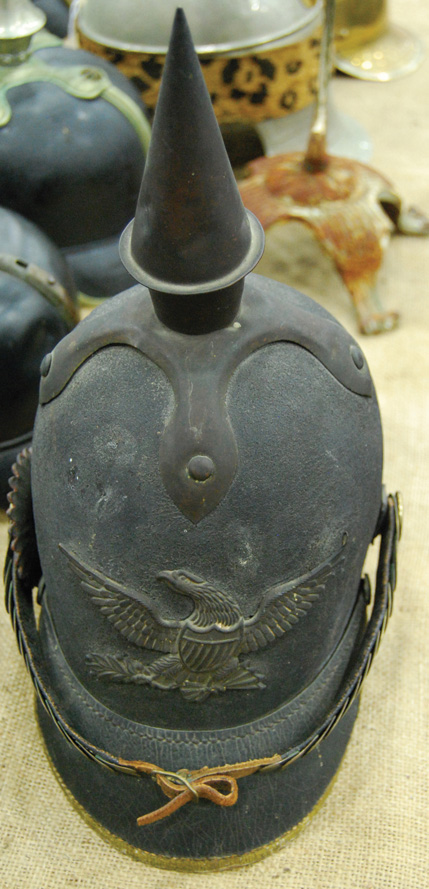
Among the most compelling items at the show was an early “SA style” uniform that was once owned by Adolf Hitler, which has a colorful history beyond its actual association with the infamous German dictator. This particular grouping, which is being offered for sale by Craig Gottlieb of Craig Gottlieb Militaria, includes a brown shirt, hat, Blood Order medal, and belt. This uniform was liberated by U.S. Lieutenant Phillip Ben Lieber from the Fuhrerbau in Munich at the end of World War II.
The uniform had been stolen from Lieber and later obtained by Mohawk Arms. After a lawsuit that involved opinions related to Louisiana State Law, New York State Law, U.S. Federal Law, U.S. Army Law, and even the laws of Germany before 1944, it was determined that Lieber was the rightful owner. Mohawk Arms’ owners Raymond and Joseph Zyla then made an undisclosed offer for the collection, and now more than 40 years later the grouping is again being offered for sale.
Although the uniform of Hitler is likely out of the price range of even the most advanced collector, it is also not the sort of thing that will appeal to everyone. Nevertheless, William Gasser, museum curator and director of the American Armored Foundation Tank Museum, had several uniform groupings for sale at the show that belonged to a number of general officers, including U.S. Brig. Gen. Cullen U. Gulko, Brig. Gen. William B. Kunzig, and Polish Brig. Gen. Warchalski, whose first name researchers have not uncovered.
Gasser, who is now also looking to sell or even donate his tank museum, has amassed a large collection of general officer uniforms, and at SOS also offered a uniform that belonged to Field Marshal Erich von Manstein, one of the most prominent commanders of the German Wehrmacht in World War II. After the war, Manstein was a military advisor to the government of West Germany, and he helped reestablish the nation’s armed forces.
“That is a standout piece for tank collectors,” said Gasser, noting that Manstein was a brilliant panzer general.
Although militaria is often thought of in various shades of khaki and gray, SOS can be a colorful event as noted by the offerings of dealers such as Phillip Bentley, who has been a regular fixture for years. Bentley offers a range of British militaria. The centerpiece of his offerings this year was a 1920s era Yeomen Warders uniform.

Known also as Beefeaters, the Yeoman Warders of Her Majesty’s Royal Palace and Fortress the Tower of London, and Members of the Sovereign’s Body Guard of the Yeoman Guard Extraordinary, are part of the ceremonial fixture of the Tower of London. They are responsible for looking after any prisoners of the tower and for safeguarding the British crown jewels. The Yeoman Warders also serve as tour guides, and they are a tourist attraction in their own right.
While the uniform has not changed much in appearance—beyond the fact that the crown on the chest, which changed from a King’s Crown (1901-1952) to the Queen’s Crown (1952-present)–the quality shows that this is truly of the Downton Abbey era.
“This is a summer dress version of the Beefeaters uniform and was used in the 1920s,” said Bentley. “The truth is that this uniform shouldn’t have ever left the country. It was acquired from an old English gentleman and has been in the states for years.”
Just a few tables over from Bentley lay another beautiful piece from halfway around the world. It was a set of late 18th century/early 19th century Edo Period Japanese samurai armor, complete with matching black lacquered iron helmet, cuirass, shin guards, arm guards, thigh guards, shoulder guards, and face protector. The kabuto helmet featured an original liner along with gilt copper fittings and a neck guard bearing the crest embracing incense leaves, which matched the family crest on the armor sleeves.
One item of typical khaki had a far more colorful history. It was a simple World War II raincoat, but was owned by writer Ernie Pyle, who served as a war correspondent and won a Pulitzer Prize for his dispatches from the field. Offered by Bob Chatt of Vintage Productions, the coat was recently acquired from a soldier who had owned it since being left in the soldier’s care shortly before Pyle’s death.
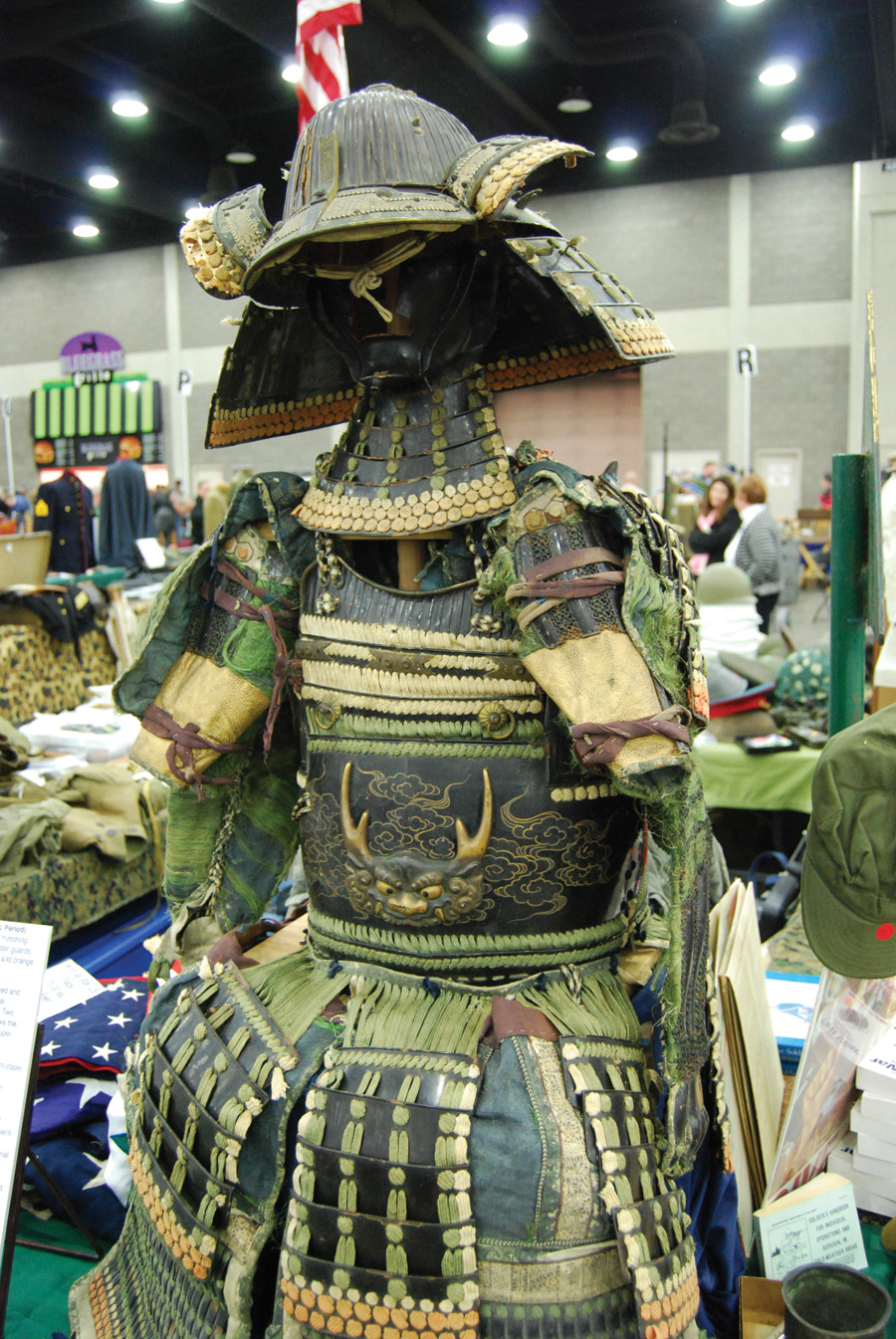
This particular coat was given to the soldier for safekeeping just days before Pyle was killed by Japanese machine-gun fire while visiting Ie Shima, a small island near Okinawa. Inside the coat is Pyle’s name, written in his own hand. Underneath are the words “war correspondent,” which reportedly were added after Pyle’s death so that people would not forget what he had done.
With just three full days to see everything, SOS can be a race against the clock, but anyone passing the tables belonging to Jeff Shrader and Advance Guard Militaria might just have stopped to check out what could be the largest piece of trench art offered at the show—a World War I grandfather clock made of brass cartridges, German helmet spikes, and various badges.
“That thing is huge,” said Shrader. “It is made up of dozens of brass shells, and someone clearly spent time on this.”
Whether it could be considered true “trench art” is debatable as it was likely a postwar creation. Even in the lull in fighting it is doubtful that a platoon of skilled men would have had the time to create such an intricate piece of art, but it was the sort of piece that could dominate a room today.
Although the armies of the American Civil War were known for their blue and gray uniforms, black was also used as noted by an extremely rare spike helmet that was offered by Colonel Joe Robinson, U.S. Army (Ret.), a noted author of Imperial German militaria. Robinson has been a lifetime collector of German pickelhaubes (spiked helmets) and offered an example featuring an 1821 style American eagle.
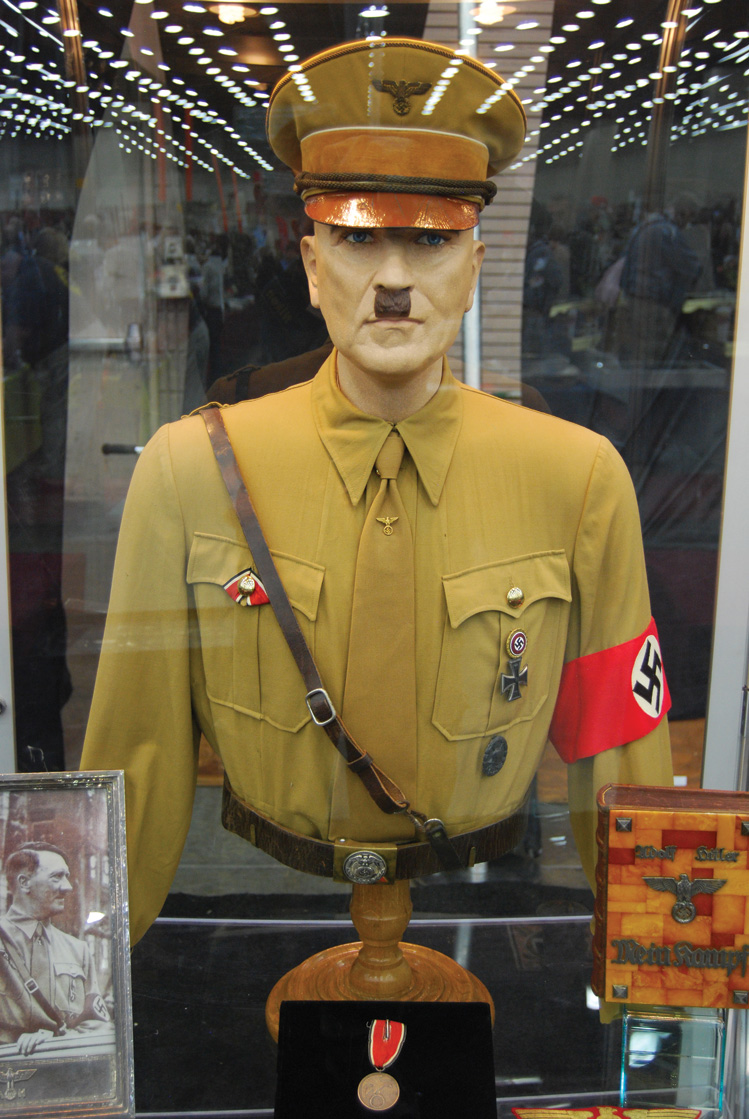
“The helmet is clearly based on the Russian or Prussian model 1842 spiked helmet,” said Robinson. “I’ve only seen something similar to this example offered in Civil War-era supply catalogs. I don’t know if this was for militia use or was a helmet intended to be a private purchase item for an officer. I’ve never seen another one like it.”
Robinson pointed out too that this pointy helmet is unique in that the trim is not brass, as would be seen on a Russian or Prussian helmet, but was painted, possibly as a way to save on materials. It could also be a so-called salesman copy, an item that was used to sell production versions if it proved popular.
“That spike on it is also right out of the Wizard of Oz,” said Robinson. “It is something we’ll likely never know the whole history of, but these objects can’t exactly tell us their history.”
It is impossible not to see case after case of medals at SOS, but sadly much of the associated history to these is lost. In many cases little, if anything, is known about the events that resulted in their being awarded to an individual. While still very collectible and desirable in many cases, they cannot be tied to an individual or specific event.
This is not the case with the medals offered by Collect Russia’s Igor Moiseyev. While Moiseyev always has plenty of colorful Imperial Russian and Soviet-era items offered for sale, at SOS he had a grouping of medals, papers, and documentation on Junior Lieutenant Mikhail Naumovich Korogodsky, who served in World War II as a fire platoon commander of the battery attached to the 2nd Battalion, 6th Guards Motorized Rifle Battalion.
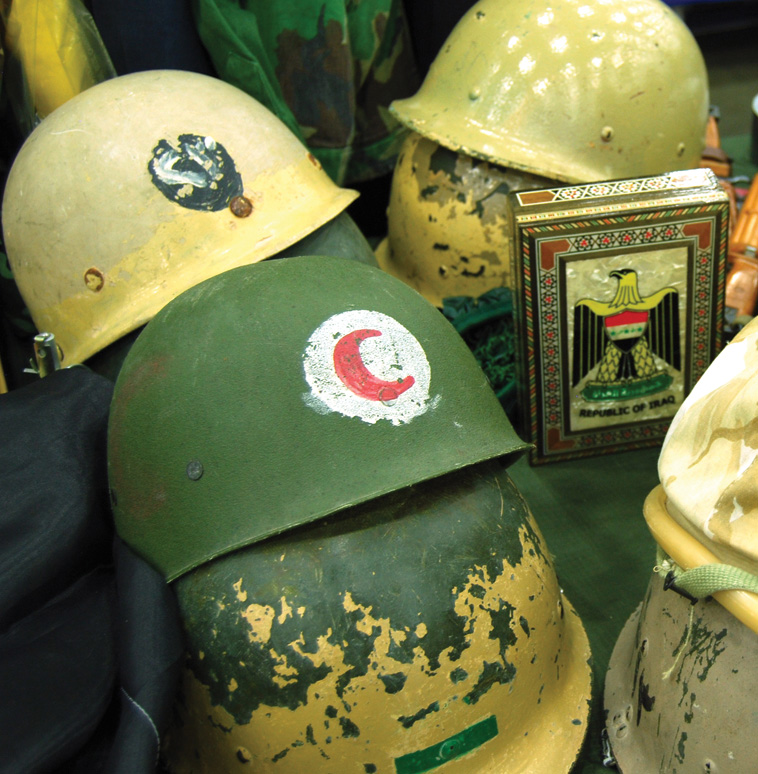
The diversity of offerings at SOS is enormous. This is evident by the experimental Brown Bess rifle that could be transformed into a specialized anticavalry weapon with the addition of a long spear attachment.
“This was for receiving cavalry,” said seller Christian Cranmer, president of International Military Antiques. “This is a basic third model Brown Bess from the Waterloo era. It was modified in the Tower [of London] and features a 36-inch-long spear bayonet that could be attached to the end of the rifle.”
Far newer militaria—not to mention far more affordable—was offered by Ian Marotto, who was selling items related to the recent conflicts in Afghanistan and Iraq. This included a number of uniforms used by Iraqi as well as coalition forces. While such items are not especially desirable, at least not yet, Marotto, said it is a good way to get in on the ground floor of collecting.
“You can’t touch an original German helmet today if you are a young collector,” said Marotto. “Even American World War II helmets are a couple of hundred dollars. But these were used by Saddam Hussein’s forces, and they’re the real deal. You can get a whole uniform, and the great thing about the Iraqi stuff is that there is so much to choose from. Hussein really went all out when it came to equipping his forces.”
One downside to militaria is that the objects cannot tell their history. However, every year at SOS there are those honored veteran guests who can share their stories. For 2014, the Ohio Valley Military Society invited several guests. Several dealers, including Bill Shea, Jim McDuff, Bob Landies, Phil Stebbins, and Peter Kabluczenko, donated funds to help host the true heroes.
These included World War II Army veteran Bob Bearden, author of the book To D-Day and Back: Adventures with the 507th Parachute Infantry Regiment and Life as a World War II POW: A Memoir. Bearden was captured on D+2 and only freed by the Soviet Red Army at the end of the war. He said that Soviet tank crews were more bent on exacting vengeance on the Germans than safeguarding Allied prisoners of war. He had to walk along sandy, snow-covered roads through Germany, Poland, and then to Moscow before finally making it home to Dallas, Texas. For attendees of SOS it was an honor to meet these heroes. Their presence truly helped make it a most memorable show. n
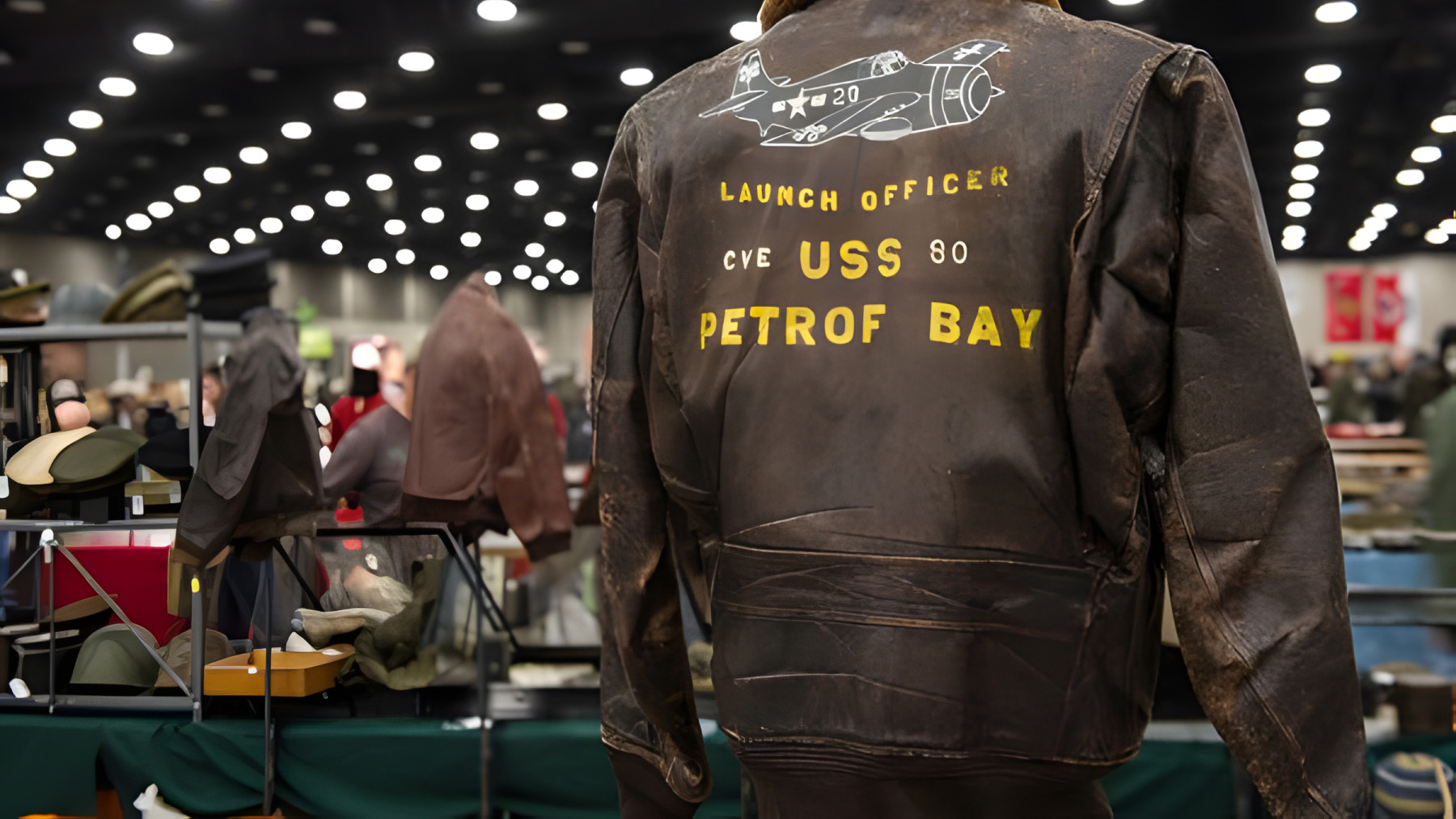
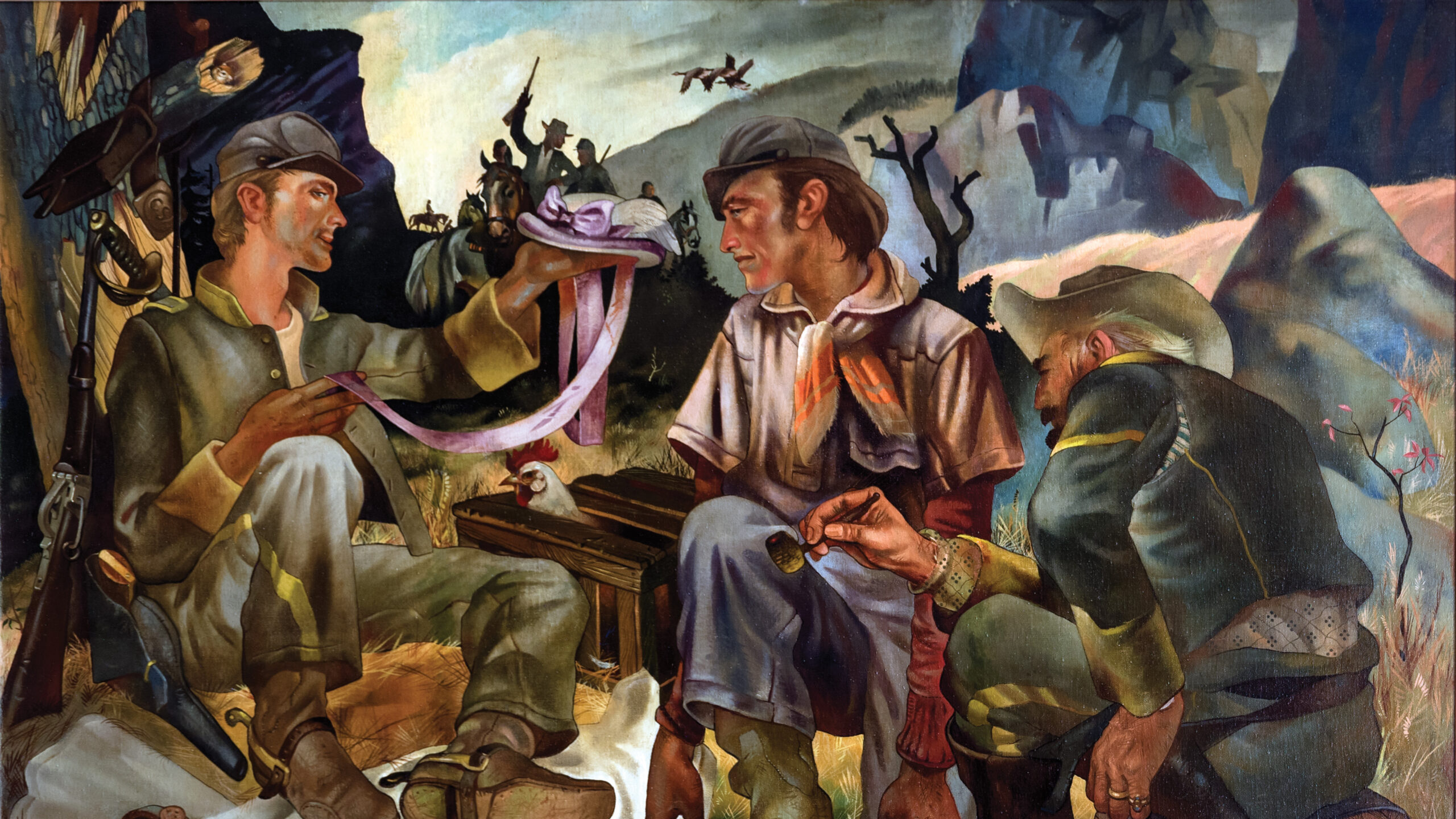
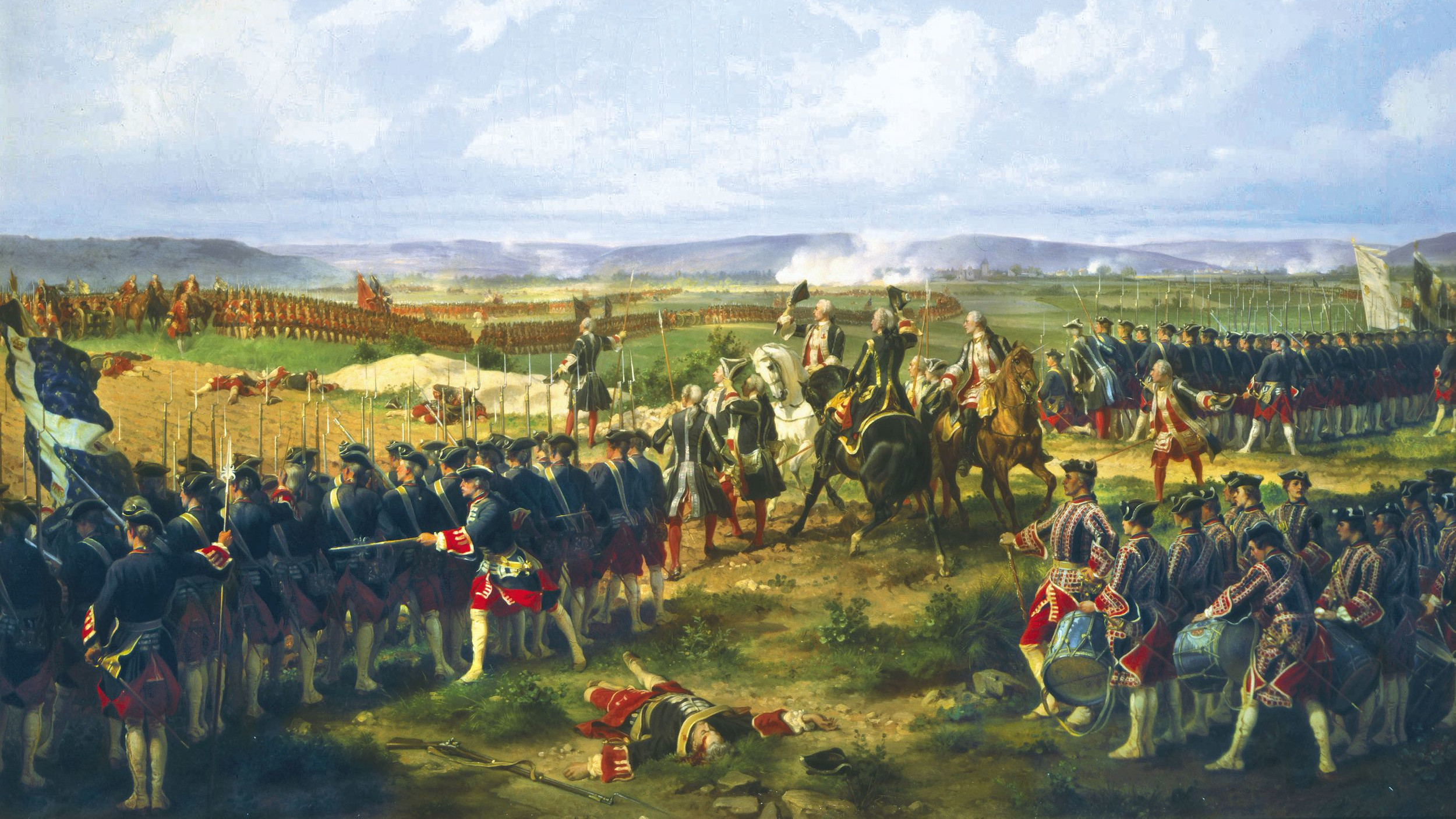
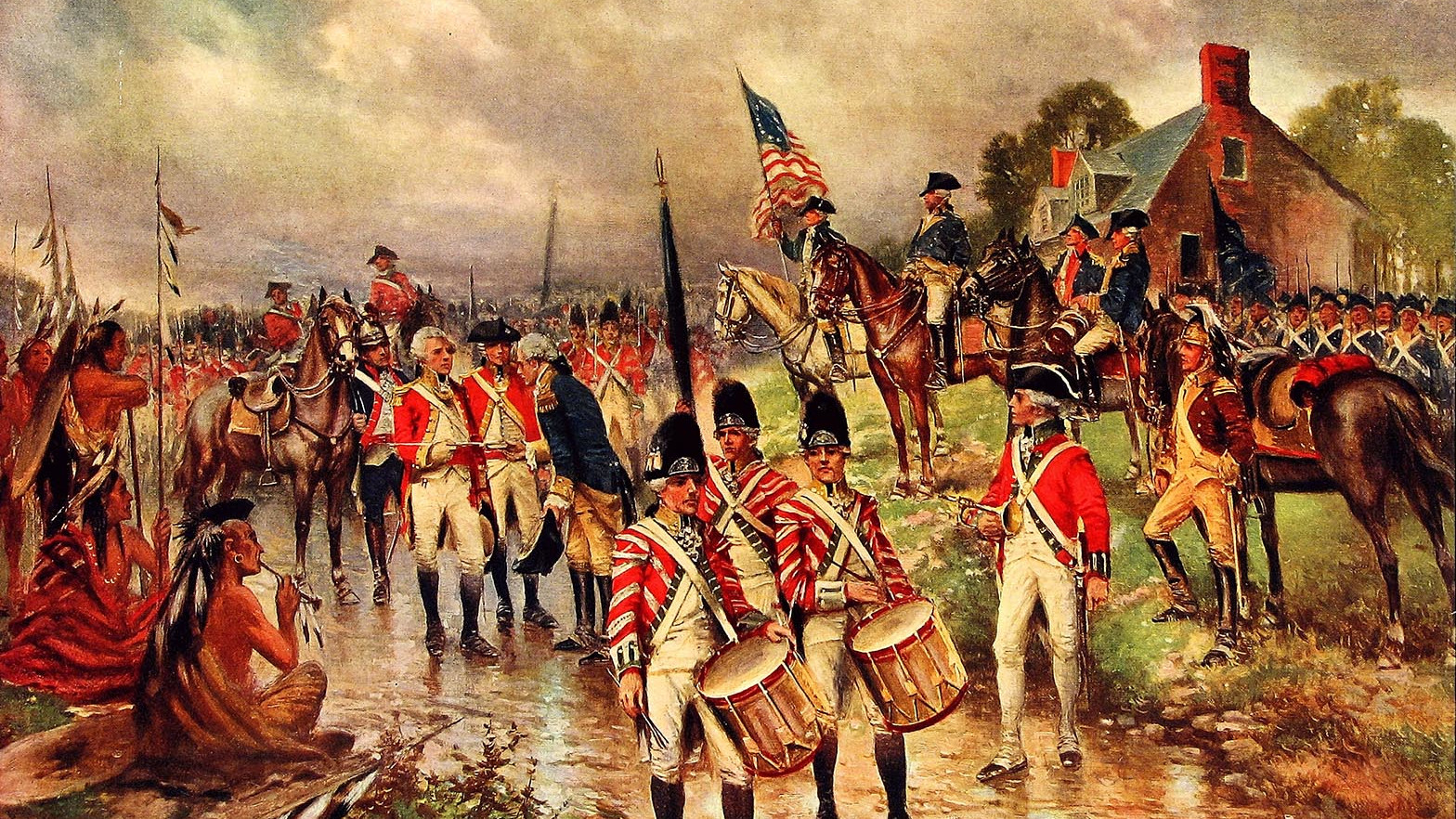
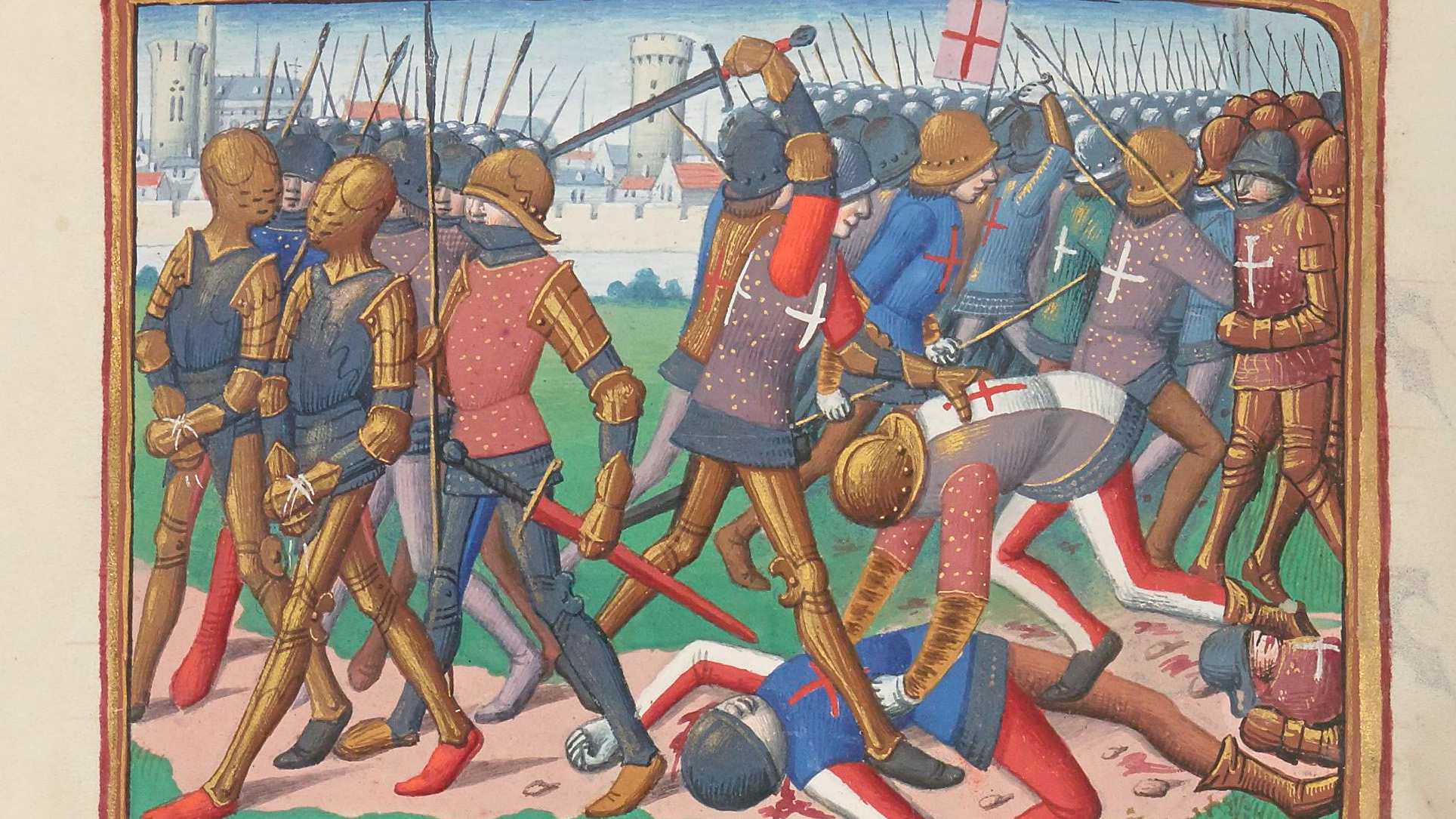
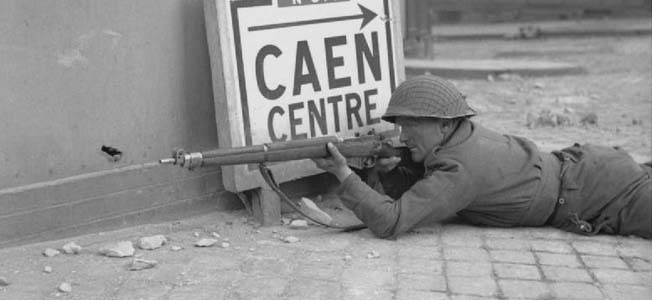
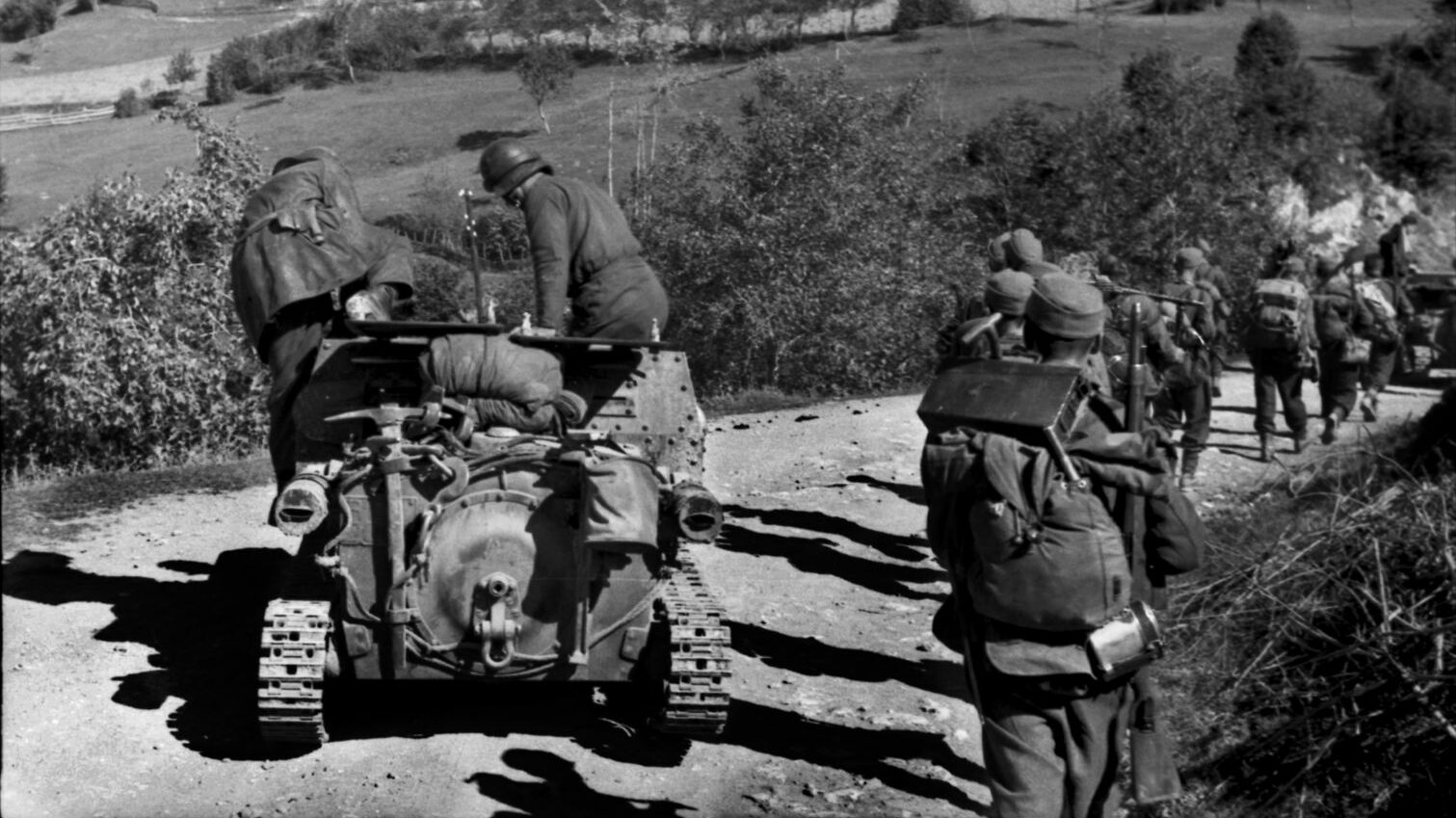
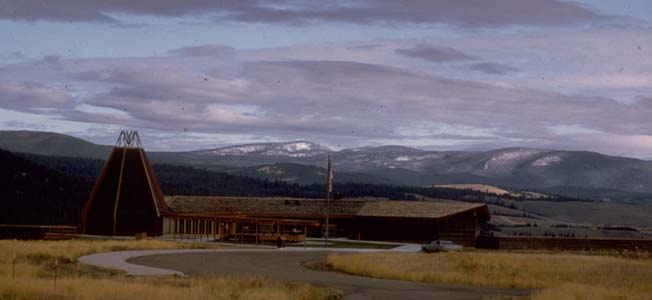
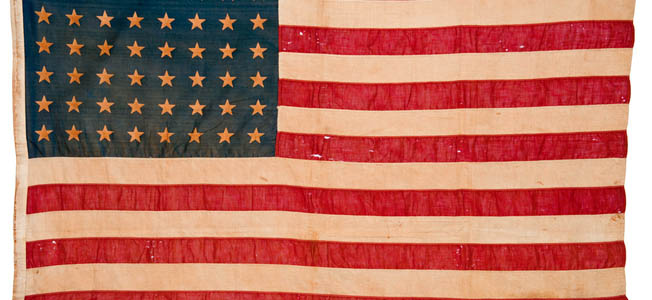
Join The Conversation
Comments
View All Comments